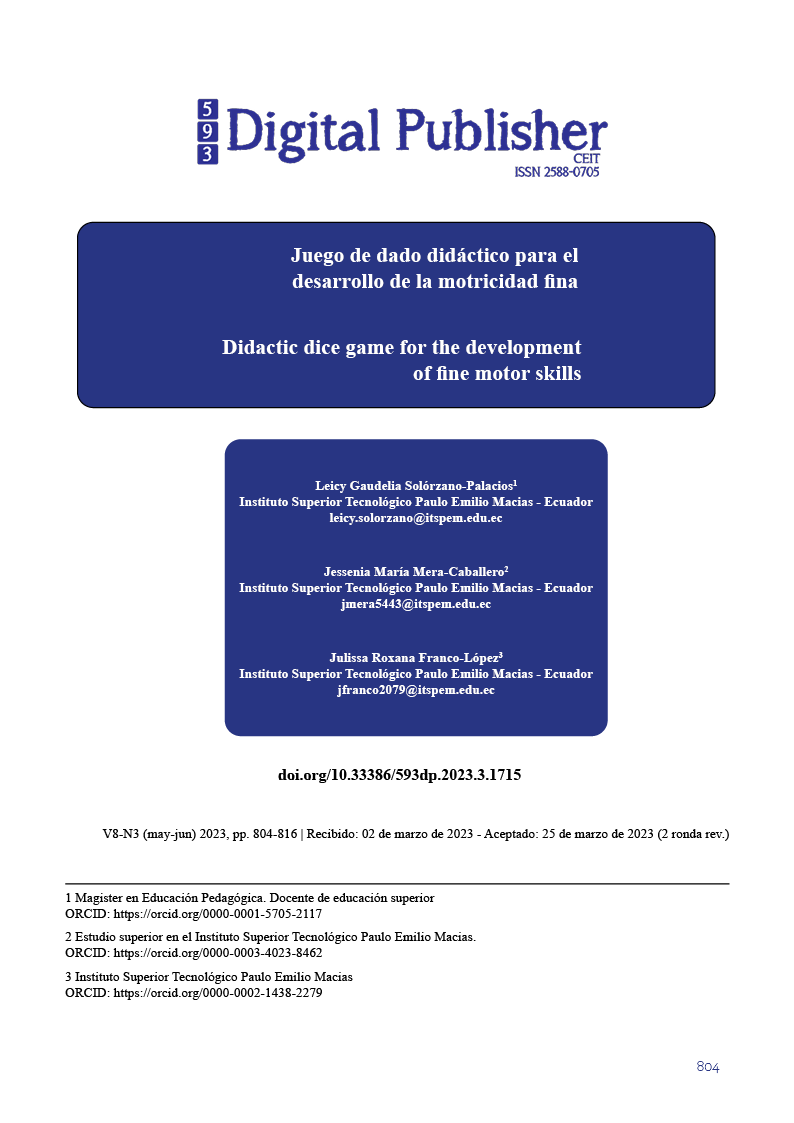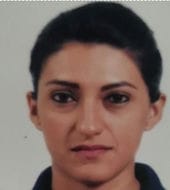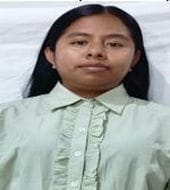Didactic dice game for the development of fine motor skills
Main Article Content
Abstract
The didactic game for the development of fine motor skills is a product of a research experience which aimed to design games for the children of the Initial Education Center "Cincinato Estrada" through a didactic dice. The use of a descriptive study was adopted, under a qualitative, non-experimental approach, for which the field observation technique was used applying an observation sheet as an instrument. One of the main strategies used in the Initial Education Centre for children aged 4 to 5 to allow them to perform small and precise movements, which has been the disadvantages presented in the educational institution such as the realization of movements that develop fine motor skills in children, To try to solve the problem, the game of didactic dice is proposed to favor the expression of feelings, exploration, communication, learning capture time, intellectual capacity, conflict resolution and social skills, which will serve in their daily lives. Based on the research, the didactic dice game was implemented for the development of fine motor skills through activities where the results were positive and all the advances that the children had when performing the activities through the game were verified. This demonstrates the great importance of the realization of the game for the development of fine motor skills in schools.
Key words: Learning, skills, didactic, play, fine motor skills.
Downloads
Article Details

This work is licensed under a Creative Commons Attribution-NonCommercial-ShareAlike 4.0 International License.
1. Derechos de autor
Las obras que se publican en 593 Digital Publisher CEIT están sujetas a los siguientes términos:
1.1. 593 Digital Publisher CEIT, conserva los derechos patrimoniales (copyright) de las obras publicadas, favorece y permite la reutilización de las mismas bajo la licencia Licencia Creative Commons 4.0 de Reconocimiento-NoComercial-CompartirIgual 4.0, por lo cual se pueden copiar, usar, difundir, transmitir y exponer públicamente, siempre que:
1.1.a. Se cite la autoría y fuente original de su publicación (revista, editorial, URL).
1.1.b. No se usen para fines comerciales u onerosos.
1.1.c. Se mencione la existencia y especificaciones de esta licencia de uso.
References
ATOM, E. (12 de 12 de 2012). UNKNOWN. Obtenido de BLOGEER: http://www.nlm.nih.gov/medlineplus/spanish/ency/article/002364.htm
Bécquer, G. (1999). Desarrollo de la motricidad en la actividad programada de Educación Física en la educación preescolar. Tesis presentada en opción a Título académico de Doctor en Ciencias Pedagógicas I. S P Enrique José Varona. La Habana. 2001. p.38 [ Links ]
Cabrera Valdés, B. de la C., Dupeyrón García, M. de las N., Cabrera Valdés, B. de la C., & Dupeyrón García, M. de las N. (2019a). El desarrollo de la motricidad fina en los niños y niñas del grado preescolar. Mendive. Revista de Educación, 17(2), 222-239.

Castillo, C., & Graciela, P. (s. f.). Desarrollo de la motricidad fina a través de técnicas grafo-plásticas en niños de 3 a 4 años de la Escuela de Educación Básica Federico González Suárez. 98.

Dávila, P. S. R. (2019). ESTRATEGIAS DIDÁCTICAS PARA DESARROLLAR LA MOTRICIDAD GRUESA EN NIÑOS Y NIÑAS DE 4 A 5 AÑOS. 83.

GONZALES, J. (01 de 04 de 2016). MORICIDAD FINA. Obtenido de BLOGUERS: http://motricidadfinaenlaeducacionpreescolar.blogspot.com/p/aportes.html

GUAMAN, S (2015) Estimulación infantil en el desarrollo motriz de los niños/as de 3 a 4 años de edad del centro infantil del buen vivir "Pachagron" de la ciudad de Guaranda (Tesis inédita de grado). Universidad Central del Ecuador: Quito

Madrona, P. G. (2006). Abordar y ofrecer la motricidad en programas de alta calidad para los niños pequeños: Propuesta global de la Educación Física en Infantil. Revista iberoamericana de psicomotricidad y técnicas corporales, 22, 37-68.

Manrique. (2016). Los juegos lúdicos como recurso didáctico en el desarrollo de habilidades motrices.

Moyles, J. (1990). El juego en la Educacion Infantil y Primaria. Madrid: Morata.

Noblecilla. (2018). En su aportes investigación: Juegos lúdicos basados en el enfoque significativo utilizando material concreto para la mejora del desarrollo de la motricidad fina en niños y niñas de 03 años de la institución edcativa parroquial “San Agustín” – Zarumilla, r. Obtenido de http://erp.uladech.edu.pe/bibliotecavirtual/?ejemplar=00000048851

Paredes, E. E. S. (s. f.). Materiales didácticos y el desarrollo de la motricidad fina en niños de las Instituciones Educativas de Educación Inicial—Ñaña. 123.

Rodríguez Abreu, M. (2010). Las bases perceptivo-motrices en primaria: la percepción espacial. http://www.efdeportes.com/ Revista Digital, 15(146). Recuperado de https://www.efdeportes.com/efd146/las-bases-perceptivo-motrices-en-primaria.htm [ Links ]

Sánchez, N. P. P. (s. f.). TUTORA: Psc. Edu. Mg. ELENA DEL ROCIO ROSERO MORALES. 175.

TESIS BRIGGETTE BENITEZ.pdf. (s. f.). Recuperado 7 de noviembre de 2022, de https://dspace.unl.edu.ec/jspui/bitstream/123456789/24061/1/TESIS%20BRIGGETTE%20BENITEZ.pdf

Valencia, J. A. Q. (s. f.). MATERIAL DIDÁCTICO PARA DESARROLLAR LA MOTRICIDAD FINA ESCRITURAL EN NIÑOS DE 3 A 5 AÑOS. 78.
Velasco, L., & Fernanda, E. (s. f.). Requisito previo para optar por el Título de Licenciada en Estimulación Temprana. 77.




